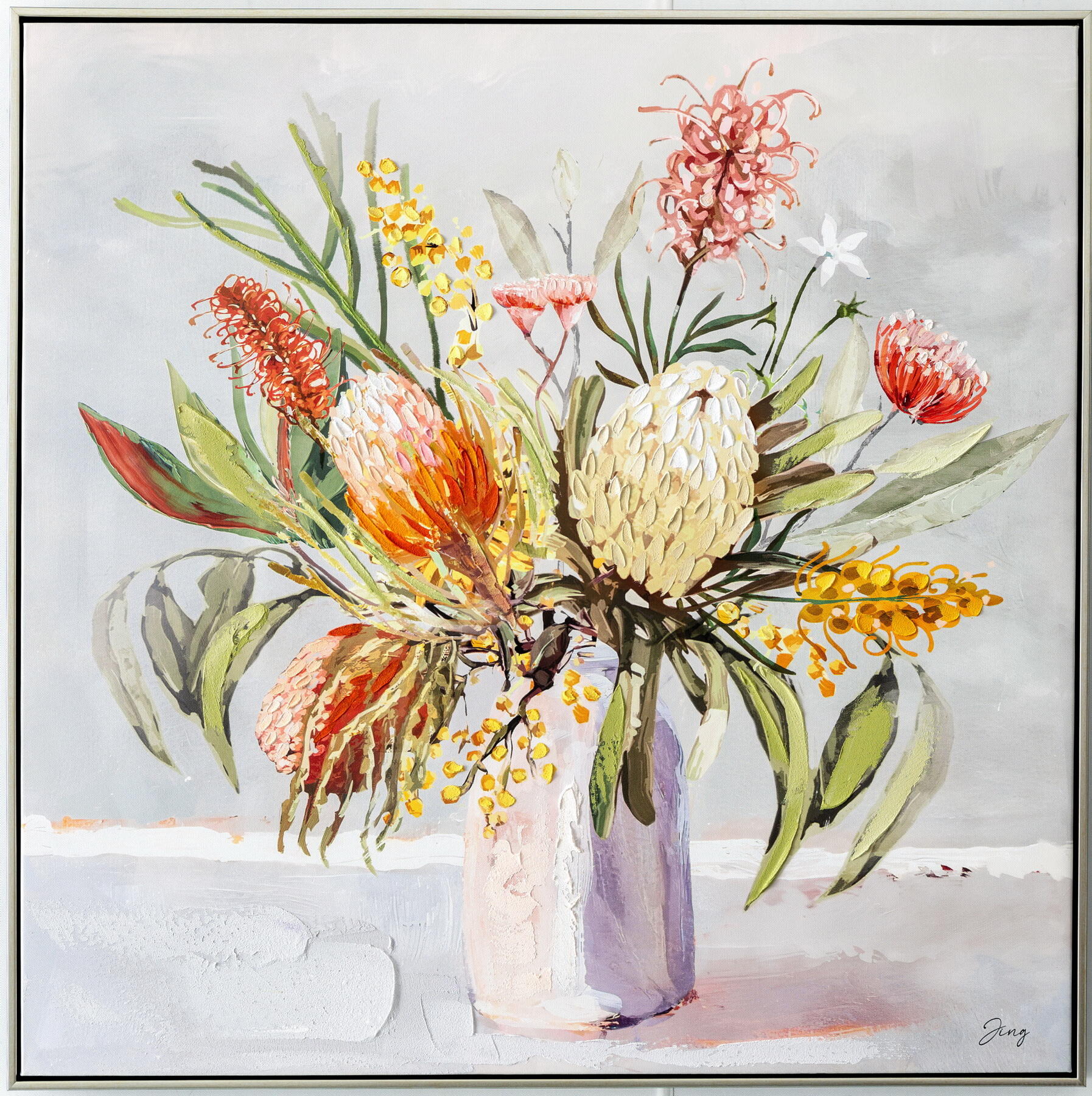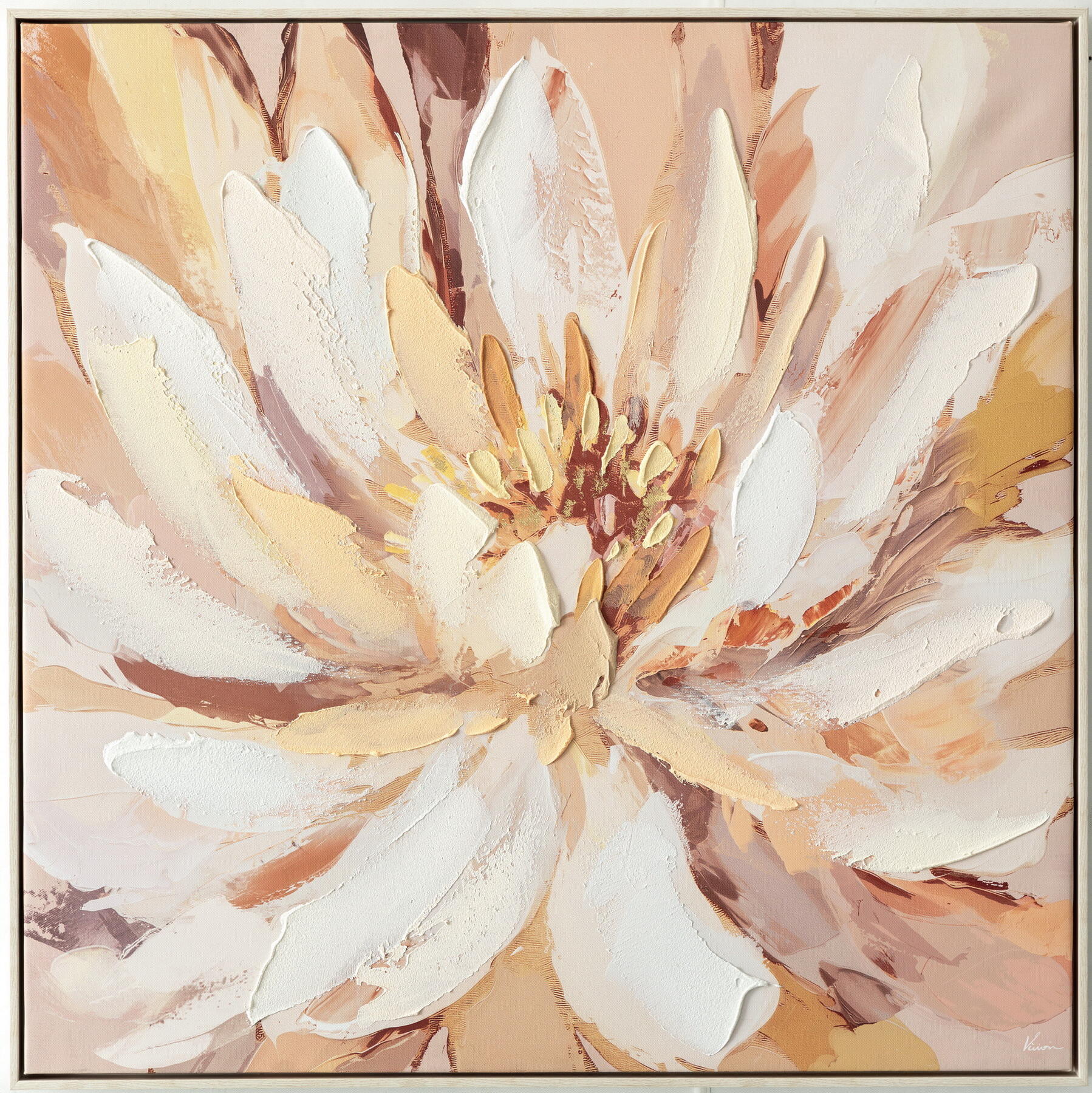flower painting
Flower painting represents a timeless artistic tradition that combines botanical accuracy with creative expression. This versatile art form employs various techniques including watercolor, oil, and acrylic mediums to capture the delicate beauty of floral subjects. Modern flower painting has evolved to incorporate digital tools and mixed media approaches, enabling artists to create stunning representations with enhanced precision and creative freedom. The practice encompasses both realistic botanical illustrations and abstract interpretations, allowing artists to explore color theory, composition, and texture while maintaining the essential characteristics of their floral subjects. Artists can utilize specialized brushes, palette knives, and digital tablets to achieve different effects, from subtle petal translucency to bold textural elements. The technical aspects include understanding light behavior on petals, mastering color mixing for natural hues, and implementing proper perspective to create depth in floral arrangements. Contemporary flower painting also integrates innovative preservation techniques, ensuring artwork maintains its vibrancy and detail over time.

